Heavily affected by the consequences of the prolonged war, the local education sector at that time almost started from scratch. Most of the schools were temporary, made of local trees and leaves, without solid desks and chairs, and seriously lacking classrooms, mainly built by the government and the people themselves. In many places, classrooms were just temporary thatched roofs built in the middle of cajuput forests, along rivers or in the middle of rice fields. In the rainy season, water flooded the classrooms, and in the dry season it was hot; students had to walk many kilometers of dirt roads, through rice fields, canals, and wade through mud to get to school. The situation of "three shifts", "two combined classes", "one room - many classes" was common. Teaching equipment was lacking, textbooks were scarce, many teachers had to copy lessons on the board for students to follow, or use old documents left over to teach.
The number of teachers is in short supply, especially in remote areas such as U Minh, Tran Van Thoi, Nam Can, Ngoc Hien... Many volunteer teachers from the North to the South following the call "Southward advance" did not hesitate to endure hardships, sticking to teaching in the middle of mangrove forests, cajuput forests, and swamps. At that time, most teachers had not received formal pedagogical training, most of them only had general education or accelerated training (pedagogical classes 9+1, 9+2, 9+3), due to war circumstances. Some places had to use "village teachers", local cadres who held part-time jobs to take on teaching work. On the other hand, teachers' lives were very difficult due to low income, no fixed salary, temporary accommodation, and poor living conditions; some teachers had to "carry a blackboard to teach", stay at people's houses, and live frugally. However, they still stuck to their profession because of the spirit of "All for beloved students".
Meritorious Teacher Dam Thi Ngoc Tho, former Principal of Ho Thi Ky High School, Ca Mau City, recalled: “Although the starting point after liberation was very low, especially in terms of facilities, schools, personnel, awareness level and personnel arrangement. Everything had to start from scratch, from organizing personnel for the facilities, to the policy of rebuilding the school; teachers were not familiar with the resistance war, and there were very few teachers with formal training. But all were overcome, thanks to the attention, leadership and direction of the Party Committee, local authorities at all levels, the support of the whole society and the overcoming of difficulties of the education and training sector, from managers to teachers and students”.
Education managers at that time not only organized teaching but also had to mobilize social resources, connect local resources, and mobilize people to take care of education.
“Teachers in those days not only imparted knowledge but also mobilized students to go to class, built schools, and were a spiritual support for parents and students. Many teachers were willing to wade through mud and row dozens of kilometers to get to class, despite the difficult travel conditions. In some places, teachers had to stay in temporary thatched houses, using tables and chairs made from forest trees to go to class. Then there were the images of oil lamps, everyone studying together with the motto “those who know how to read and write teach those who don’t know how to read and write”. The spirit of solidarity and sharing among teachers, the support of local authorities, and the care of parents were the strength to overcome difficulties,” Ms. Tho shared.
Thanks to that resilience, dedication and courage, Ca Mau's education sector has gradually overcome difficulties, creating a foundation for future solid developments. Each school built and each class maintaining its student population is a silent feat of dedicated people, contributing greatly to the development of human resources and improving the local people's knowledge.
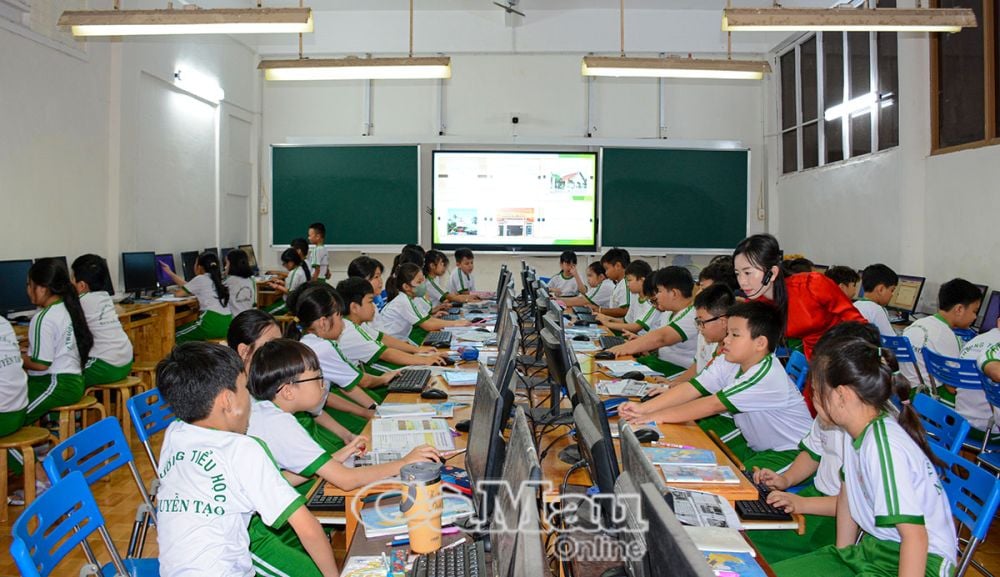
Infrastructure has been gradually invested, contributing to improving the quality of education. (In the photo: Computer Science class of teachers and students at Nguyen Tao Primary School, Ca Mau City).
The province's education career has undergone strong changes, achieving important achievements. The comprehensive quality of education has been significantly improved. A system of schools has been built according to the national education system, relatively complete from kindergarten to college and vocational secondary school, the network of schools is spread evenly in communes and the fields of study are developed in a balanced manner. The facilities and equipment for teaching and learning are increasingly modern and relatively adequate, basically serving the teaching of subjects.
After 50 years of national reunification, the school system in the province has been planned and invested in solidly and spaciously according to the School and Classroom Solidification Project, with modern equipment invested in, serving the 2018 General Education Program well, meeting the needs of teaching and learning. Schools are invested in the direction of meeting the conditions for recognition as national standard schools. Currently, the education sector is continuing to implement the arrangement of the school and class network.
Currently, the province has 134 nurseries and kindergartens; 207 primary schools; 112 secondary schools; 33 high schools. Ca Mau province firmly maintains universal preschool education for 5-year-old children, achieving universal primary education level 3 and universal secondary education level 2 standards, and eliminating illiteracy level 2. The quality of comprehensive education and key education is maintained, consolidated and increasingly improved. In 2024, Ca Mau achieved impressive results in the national excellent student competition with 23 prizes, an increase of 6 prizes compared to the previous school year; 3 national prizes for promising scientific research; the high school graduation rate reached 99.12%.
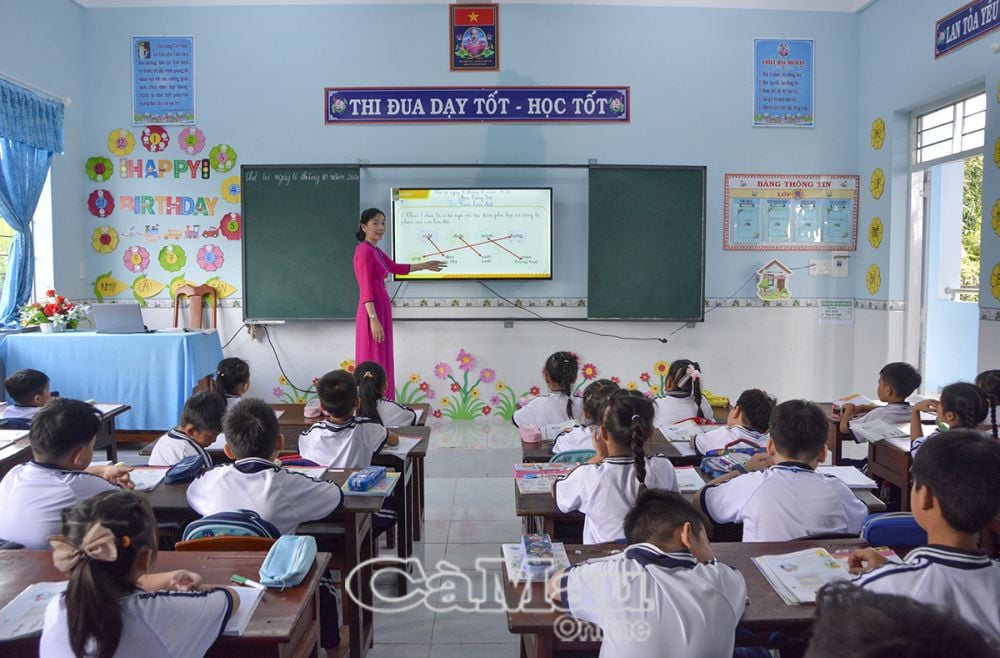
Most schools in the province are equipped with Internet-connected televisions and teach according to the 2018 General Education Program. (In the photo: Vietnamese class of teachers and students at Ho Thi Ky A Primary School, Ho Thi Ky Commune, Thoi Binh District).
As the flagship of Ca Mau education, after 33 years of establishment, Phan Ngoc Hien High School for the Gifted has made many positive contributions to the development of local education. When it was first established, the school had the smallest facilities in the country, only one block of classrooms, with 5 classes, less than 200 students. Now, the school is built on an area of over 3,000 m2, 3 classroom areas, a principal's office, a multi-purpose gym, an English room, an IT room, a laboratory, with over 1,000 students, 31 classes.
Ms. Lam Hong Sen, Vice Principal of Phan Ngoc Hien High School for the Gifted, said: “The school has 49 masters, 3 doctors, the rest are qualified and above standard. To work with the education sector to improve the quality of mass education and the quality of key education, the school pays special attention to building a core team of teachers, because good teachers have good students. Accordingly, the school creates conditions for teachers to study and improve their professional skills; at the same time, cares for, trains and educates the next generation of young teachers, so that students receive a comprehensive education, best responding to exams.”
Thanks to the contribution of the education sector, the intellectual level of Ca Mau people has been raised significantly. Over the past 50 years, many generations of students have been trained and developed, have matured and are now playing effective roles, holding many important positions and tasks from the leadership of the Party, the State, provincial departments and branches to the district, city and commune and ward levels.
The great achievements of Ca Mau education in the 50-year journey of growth and development are a solid foundation for Ca Mau education to continue to reach new heights in the following years.
“With a high sense of responsibility, the entire education and training sector of Ca Mau province is committed to continuing its efforts to innovate and improve the quality of comprehensive education, taking learners as the center, promoting the role of the whole society, contributing to building high-quality human resources, meeting the development requirements of the province in the new period,” affirmed Mr. Ta Thanh Vu, Deputy Director of the Department of Education and Training.
Quynh Anh
Source: https://baocamau.vn/giao-duc-ca-mau-truong-thanh-tu-gian-kho-a38590.html


![[Photo] Ho Chi Minh City: People are willing to stay up all night to watch the parade](https://vphoto.vietnam.vn/thumb/1200x675/vietnam/resource/IMAGE/2025/4/29/cf71fdfd4d814022ac35377a7f34dfd1)
![[Photo] General Secretary attends special art program "Spring of Unification"](https://vphoto.vietnam.vn/thumb/1200x675/vietnam/resource/IMAGE/2025/4/29/e90c8902ae5c4958b79e26b20700a980)
![[Photo] Nghe An: Bustling atmosphere celebrating the 50th anniversary of Southern Liberation and National Reunification Day](https://vphoto.vietnam.vn/thumb/1200x675/vietnam/resource/IMAGE/2025/4/29/64f2981da7bb4b0eb1940aa64034e6a7)
![[Photo] Ho Chi Minh City residents "stay up all night" waiting for the April 30th celebration](https://vphoto.vietnam.vn/thumb/1200x675/vietnam/resource/IMAGE/2025/4/30/560e44ae9dad47669cbc4415766deccf)

![[Photo] Hanoi is brightly decorated to celebrate the 50th anniversary of National Reunification Day](https://vphoto.vietnam.vn/thumb/1200x675/vietnam/resource/IMAGE/2025/4/29/ad75eff9e4e14ac2af4e6636843a6b53)
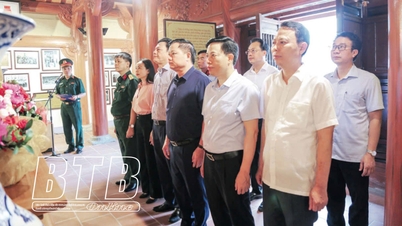
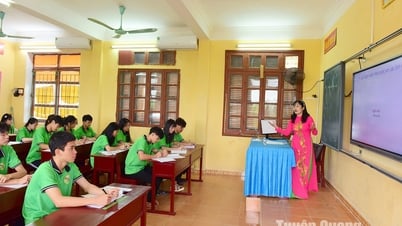



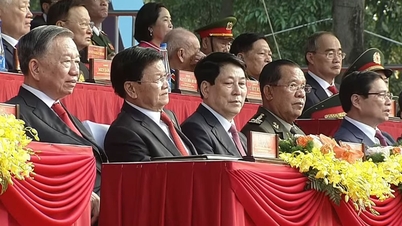






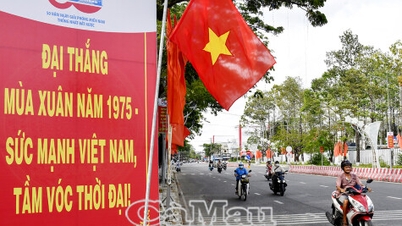
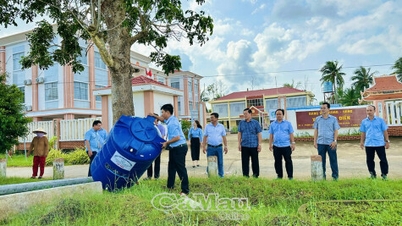

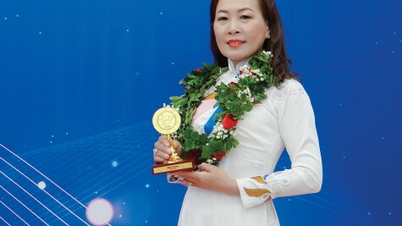
![[Photo] Prime Minister Pham Minh Chinh meets to prepare for negotiations with the United States](https://vphoto.vietnam.vn/thumb/1200x675/vietnam/resource/IMAGE/2025/4/29/76e3106b9a114f37a2905bc41df55f48)















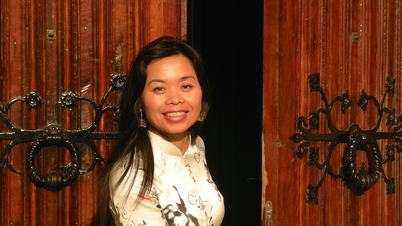












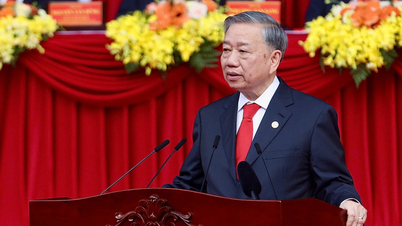

























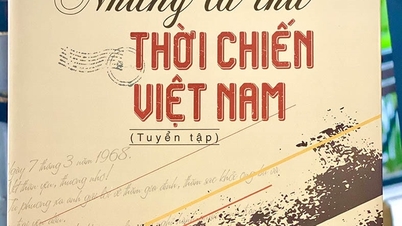













Comment (0)